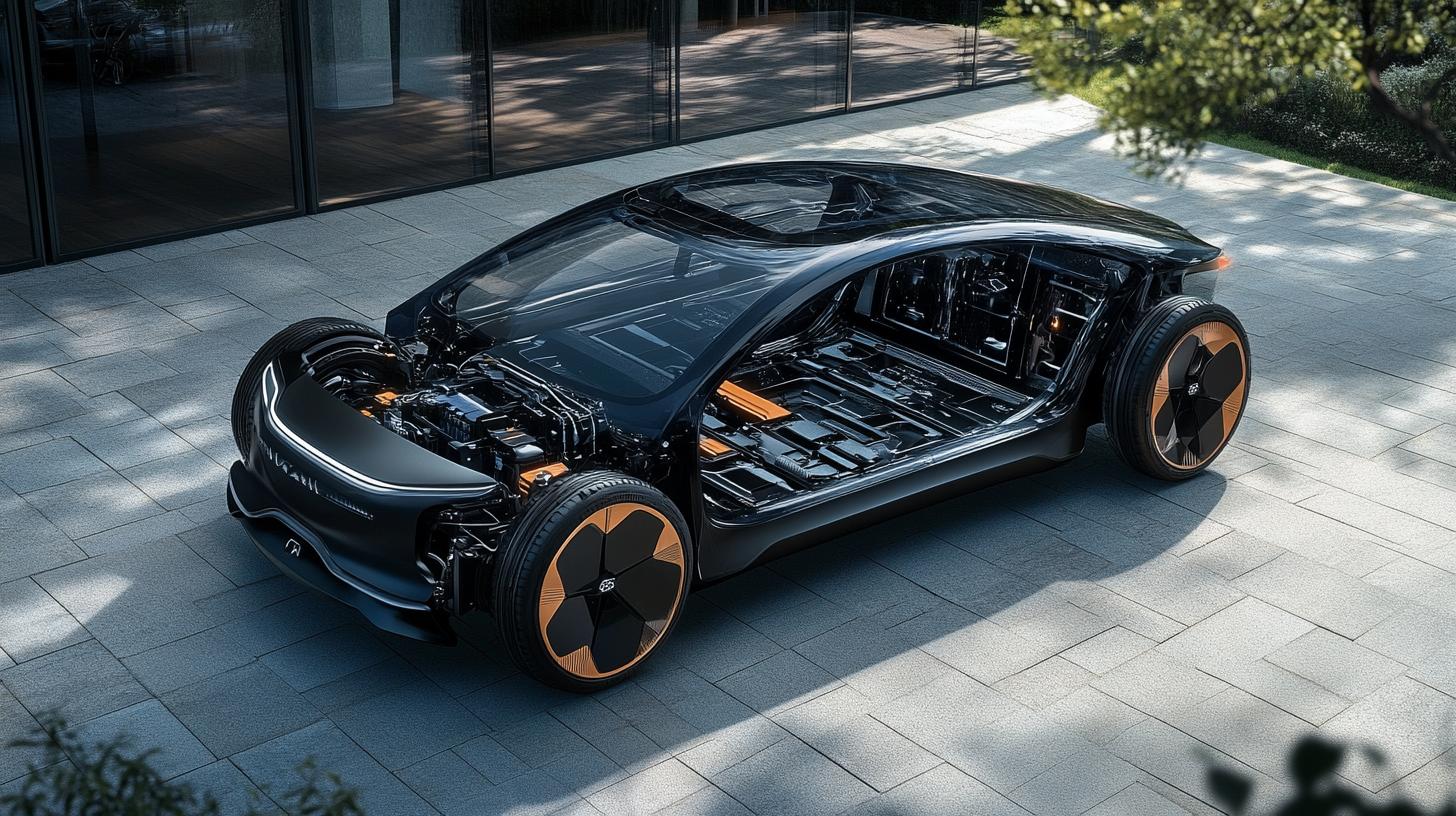In a groundbreaking collaboration, India’s Epsilon Advanced Materials (EAM) and South Korea’s Daejoo Electronic Materials have joined forces to revolutionize lithium-ion battery (LiB) technology. The impressive partnership seeks to develop a cutting-edge Silicon-Graphite composite anode, a step that promises to significantly enhance the performance of electric vehicle (EV) batteries by boosting their discharge capacity by over 50%.
By leveraging Epsilon’s expertise in graphite production alongside Daejoo’s advanced silicon technology, the collaboration aims to produce a next-generation anode material that promises increased efficiency and longevity. The new Silicon-Graphite composite anode, identified as Gen-1, is targeted to achieve a remarkable specific capacity between 450-600 mAh/g. This will not only extend EV battery life but also greatly improve their discharge capabilities.
The strategic alliance represents a crucial move forward in the quest for advanced battery materials. It combines the benefits of silicon’s high capacity with graphite’s stability, creating a robust solution to meet the rigorous demands of EVs and other energy-intensive applications.
In executing this plan, Epsilon will provide synthetic graphite to develop SiOx-Graphite composites. These will undergo rigorous testing in both Epsilon’s and Daejoo’s laboratories. The initial stage of development is anticipated to conclude by the end of 2024. Successful outcomes could pave the way for large-scale utilization of these high-performance anodes, delivering on the growing energy needs of contemporary mobility.
Unveiling the Untapped Potential of Silicon-Graphite Anodes in Everyday Life
In the ever-changing landscape of energy storage, the collaboration between Epsilon Advanced Materials (EAM) of India and South Korea’s Daejoo Electronic Materials on Silicon-Graphite composite anodes marks a pivotal advancement. This is not only promising for electric vehicle (EV) batteries but has deeper implications that stretch across various facets of technology and day-to-day living.
Impact on Everyday Life
For consumers, the advent of Silicon-Graphite anode technology could mean more reliable and efficient consumer electronics. Imagine smartphones and laptops that last significantly longer on a single charge—a quality-of-life improvement for millions. The implications for wireless IoT devices, wearables, and even smart home technologies are profound, as these gadgets could function autonomously for extended periods, greatly enhancing convenience and efficiency.
Community and Transport Transformation
On a larger scale, communities may see a substantial shift in public transportation. With longer-lasting and higher capacity batteries, public transit systems can run more energy-efficient vehicles, reducing greenhouse gas emissions and improving urban air quality. This could encourage cities to expand electric bus fleets and possibly convert local services to electric power, influencing urban planning and paving the way for greener cities.
Economic and Industrial Benefits
Industrially, this alliance presents potential economic growth and employment opportunities. As the demand for improved battery technology rises, sectors like mining, material production, and technology development could boom, providing new jobs and stimulating economies. Countries could focus on becoming leaders in battery technology, similar to how renewable energies have reshaped economies worldwide.
Avenues for Controversy
Despite its many positives, this technological leap raises pressing questions about resource dependency and allocation. Silicon production requires silica, primarily sourced from sand, which could spark debates over environmental impacts similar to those surrounding rare earth elements for traditional batteries. Furthermore, graphite mining poses challenges in terms of environmental sustainability and ethical sourcing, raising questions about whether the ecological costs outweigh the benefits.
Advantages and Disadvantages
The promised benefits of this technology include enhanced energy efficiency, reduced charging times, and prolonged device lifecycle, which lead to lower consumer costs over time. However, challenges remain, such as the potential environmental impact of increased silicon and graphite mining, and the initial high cost of technology development and deployment.
Can We Sustain the Scaling of These Resources?
A pressing question is whether the scaling of materials required for Silicon-Graphite anode production can be sustained without significant environmental cost. There is a need for stringent regulations and smart resource management to ensure that this technology serves a truly sustainable future.
For more information on these technologies and their broader implications, you can explore resources at link name and link name. These platforms offer insights into the cutting-edge advancements and ongoing projects related to next-generation battery technologies.







